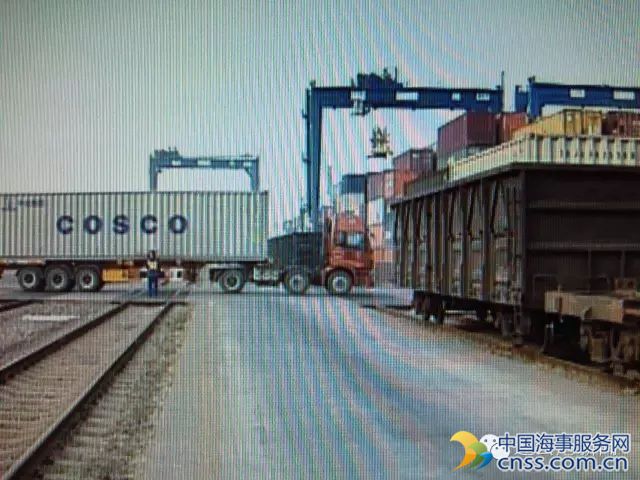UK P&I Club advises on claims resulting from cargo cold treatment failure

George Radu, Claims Executive at Thomas Miller Americas, comments on the increase in refrigerated cargo claims due to cold treatment failure:
“The process of cold treatment is used to exterminate insects and larvae in perishable cargo by maintaining a sufficient low temperature for a pre-determined period, and is a more efficient way to exterminate fruit insects than fumigation. The period and temperature required are defined in protocols established by the relevant authorities of the importing countries.
“The Club has recently seen an increase in refrigerated cargo claims for fresh fruit from South America to the United States due to cold treatment failure. Cold treatment failure delays the arrival of the cargo to the US, and excessive delays in the transit time result in the fruit becoming unmarketable or being sold at a much lower price.
To prevent cold treatment failure, Radu outlines the below procedures that need to be carried out by the shipper:
Calibrate all air and pulp temperature sensors in a clean ice water slurry mixture that is 0C (32 F )
Fruit intended for in transit cold treatment must be precooled to the temperature at which the fruit will be treated prior to beginning treatment. If pulp temperatures are .28C ( 0.5 F) or more above the temperature at which the fruit will be treated, the pallet will remain for further precooling
Each container compartment must contain only one type of fruit and loaded in one type of carton
Load fruit directly from the precooling area so fruit temperatures do not rise significantly after loading and during transfer of the container to the ship
Open the cartons in which the sensors will be located and insert the sensors into the fruit. The tip of the sensor must not extend through the fruit
Regarding treatment requirements, UK P&I Club’s Radu comments: “When monitoring cargo, temperatures must be recorded at intervals no longer than one hour apart. Gaps of longer than one hour could cause a treatment failure. Fruit pulp temperatures must be maintained at the temperature specified in the treatment schedule with no more than a 0.39C (0.7 F) variation in temperature between two consecutive hourly readings. Failure to comply could result in treatment failure.
“After the cold treatment and before the ship arrives at port, the United States Department of Agriculture (USDA) will obtain the clearance officer’s copy of the calibration documents from the ship’s officer. USDA and the ship’s officer will retrieve the temperature printout and review the readings.
“The authorised official will then release the shipment for carriage to the United States if all requirements have been met. However, if irregularities are not consistent with treatment requirements, the shipment will be held for further evaluation.
“Members should be aware that the precooling and loading of the sensors are carried out at the shipper’s premises. If the refrigeration unit is set at the correct temperature and there are temperature irregularities shortly after receipt by the carrier at the load terminal, then it can be concluded that the cold treatment failure is due to the shipper’s lack of precooling or calibrating the sensors. All liability for claims under these circumstances can be denied by the carrier.
“If a claim is received, shippers should contact the Club immediately to assist in reviewing the temperature records to determine if the carrier is responsible for the cold treatment failure.”
Source: UK P&I Club
HEADLINES
- Do shipping markets want Biden or Trump for the win?
- All 18 crew safe after fire on Japanese-owned tanker off Singapore
- Singapore launching $44m co-investment initiative for maritime tech start-ups
- Cosco debuts Global Shipping Industry Chain Cooperation Initiative
- US warns of more shipping sanctions
- China continues seaport consolidation as Dalian offer goes unconditional